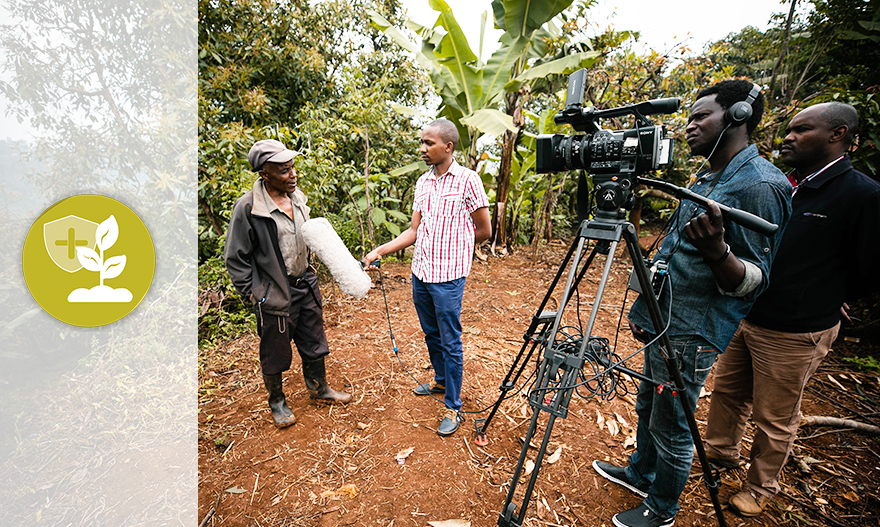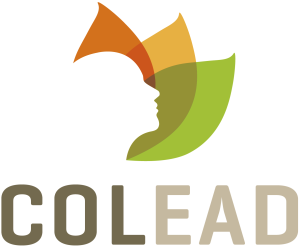
Communication on sanitary and phytosanitary risks (Intermediate level)
Estimated duration : 13h30
The intermediate level of Route 2 (Communication on sanitary and phytosanitary risks) consists of six activities. Each activity includes a text to read, followed by a test comprising a few simple questions to measure your mastery of the subject. At the end of the intermediate level, a summary test will be offered to you. Its results will determine your access to the advanced level.
First, we will return to the key concepts of health security and consider the changing roles of stakeholders in risk management. We will then focus on traceability: its components, data management, and the implementation of traceability systems in companies. We will define the general principles of traceability, differentiating between the concepts of tracing and tracking, and ascending and descending traceability. We will see which data to collect, record or process, and which techniques make a successful traceability system. We will then understand better how to create the right conditions for implementing a traceability system, and what are the essential steps.
To complete this intermediate level, we will discuss early detection systems and emergency response measures that can be put in place to provide an effective response to crisis situations. We will discuss, among other things, emergency communication systems, the tools needed for communication, and how scenarios can be developed to set up plants to remove or recall defective products.
By looking at the different levels of risk communication, we will identify the difficulties that arise and how health risk communication is evolving towards greater effectiveness

Communication on sanitary and phytosanitary risks (Advanced level)
Estimated duration : 9h30
The advanced level of Route 2 (Communication on sanitary and phytosanitary risks) consists of four activities. Each activity includes a text to read, followed by a test comprising a few simple questions to measure your mastery of the subject. At the end of Route 2, a summary test will be offered to you. Its results will determine your access to the certification test.
Route 2 focuses on food crisis management and the crucial role of communication. We will highlight the importance of continuous communication between stakeholders, and will see what good practices should be adopted for food risk communication.
Then, we will look in more detail at communication of the results of food controls, and communication of the results of a risk assessment. We will consider the importance of information flows, how to understand these results, and how to use them to improve health security and food crisis prevention.
Finally, we will describe a crisis management process based on a real case that will be presented to you.

